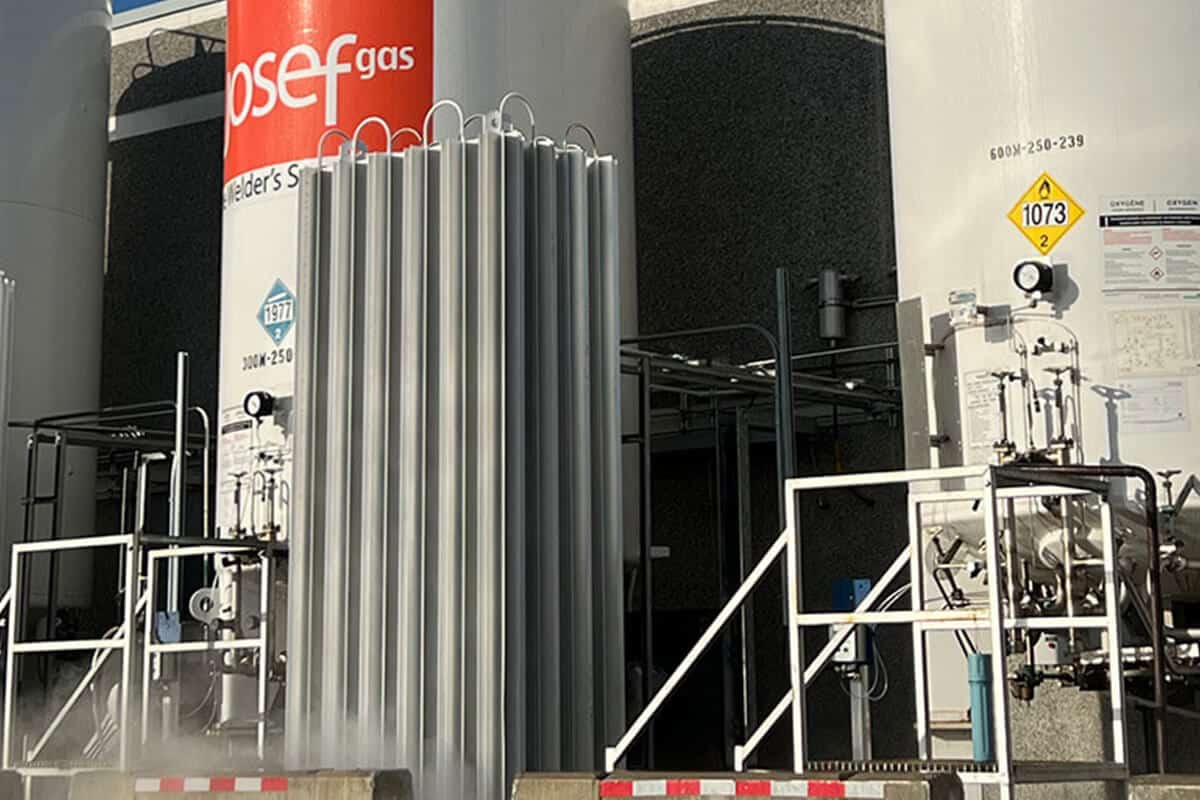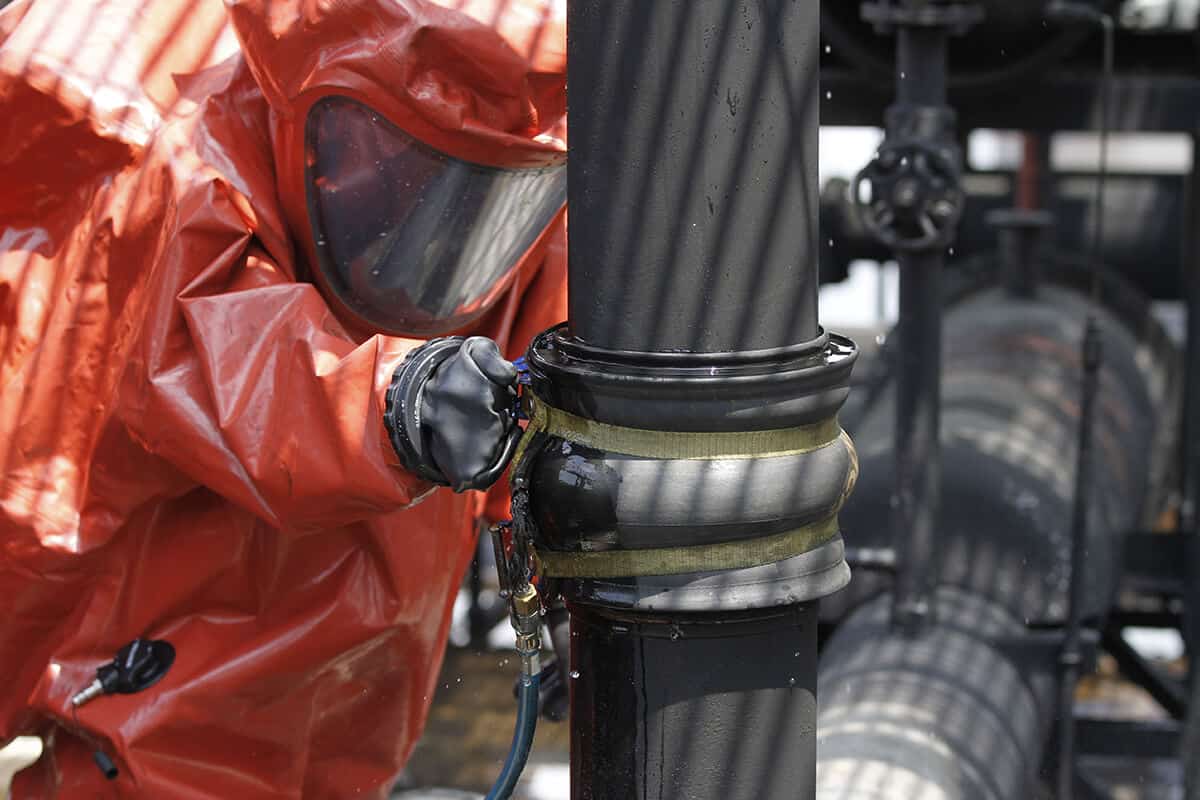Industrial Gas Safety: Essential Handling and Storage Best Practices
March 30, 2025 8:17 pmIndustrial gases are fundamental to numerous sectors, including manufacturing, healthcare, and research. They encompass a wide range of substances, from inert gases like nitrogen and argon to reactive gases such as oxygen and acetylene. The widespread application of these gases necessitates a thorough understanding of their properties. Mishandling and improper storage pose significant risks, including fire, explosion, asphyxiation, and chemical burns.
Strict adherence to established safety protocols is paramount to mitigate these hazards and ensure the well-being of personnel and the surrounding environment. This article provides essential best practices for the safe handling and storage of industrial gases, aiming to equip professionals with the knowledge needed to maintain a secure working environment.
Understanding the Hazards of Industrial Gases
Industrial gases present diverse hazards depending on their chemical properties. Comprehensive risk assessment is essential for any facility utilizing these materials.
- Flammability and Explosivity: Flammable gases, such as acetylene and propane, can ignite easily, forming explosive mixtures with air. Ignition sources must be strictly controlled. The Canadian Centre for Occupational Health and Safety (CCOHS) emphasizes the importance of eliminating potential ignition sources in areas where flammable gases are stored or used.
- Oxidizers: Oxidizers, such as oxygen, support combustion and can intensify fires. They should be stored separately from flammable materials. The presence of enriched oxygen atmospheres increases the risk of rapid combustion.
- Toxicity: Toxic gases, such as carbon monoxide and chlorine, can cause severe health effects, including respiratory distress and death, even at low concentrations. Proper ventilation and personal protective equipment (PPE) are crucial.
- Asphyxiants: Simple asphyxiants, such as nitrogen and argon, displace oxygen in the air, leading to suffocation. Confined space entry procedures must be strictly followed. Statistics from provincial workplace safety boards in Canada indicate that a significant number of workplace fatalities result from asphyxiation in confined spaces.
- Cryogenic Hazards: Cryogenic gases, such as liquid nitrogen, can cause severe frostbite and damage to materials due to extremely low temperatures. Appropriate PPE and handling procedures are required.
- Corrosivity: Corrosive gases, such as ammonia and hydrogen chloride, can damage equipment and cause severe burns to skin and eyes. Materials of construction must be carefully selected for compatibility.
- High Pressure: Gases stored under high pressure pose a risk of cylinder rupture, resulting in projectile hazards and rapid release of gas. Pressure relief devices must be maintained.
- Chemical Reactivity: Certain gases react violently with other substances. This can cause dangerous byproducts to be formed. Understanding the chemical properties of each gas is essential.
Safe Handling Procedures for Industrial Gas Cylinders
Proper handling of gas cylinders is crucial to prevent accidents. This involves adherence to established procedures and the use of appropriate equipment.
- Cylinder Inspection and Transportation: Cylinders must be inspected for damage before use. They should be transported using appropriate trolleys or hand trucks, secured to prevent falling. Cylinders should never be rolled or dragged.
- Valve Handling: Valves should be opened slowly and carefully, using the correct tools. Never use excessive force. Leaks should be checked using approved leak detection solutions.
- Cylinder Securing: Cylinders must be secured in an upright position, using chains or straps, to prevent tipping. This is a fundamental safety requirement mandated by provincial occupational health and safety regulations across Canada.
- Personal Protective Equipment (PPE): Appropriate PPE, including safety glasses, gloves, and safety shoes, must be worn when handling cylinders. The type of PPE will vary depending on the gas being handled.
- Regulator Usage: Only regulators designed for the specific gas should be used. Regulators should be inspected regularly and replaced if damaged.
- Empty Cylinder Management: Empty cylinders should be clearly marked and stored separately from full cylinders. Valves should be closed, and valve protection caps should be in place.
Best Practices for Industrial Gas Storage
Proper storage of industrial gases minimizes the risk of accidents and ensures the integrity of the cylinders.
- Designated Storage Areas: Storage areas should be designated and clearly marked. They should be well-ventilated and protected from extreme temperatures and direct sunlight.
- Segregation of Gases: Incompatible gases, such as flammable and oxidizing gases, should be stored separately. This prevents dangerous reactions in the event of a leak or fire.
- Cylinder Storage Layout: Cylinders should be stored in an upright position, secured, and arranged to allow easy access and inspection. Aisles should be kept clear.
- Temperature Control: Extreme heat and cold can negatively affect cylinder integrity. Maintaining consistent temperature is important.
- Leak Detection Systems: Installing leak detection systems in storage areas can provide early warning of gas leaks. This is especially important for toxic and flammable gases.
- Signage and Labelling: Storage areas must be clearly labelled with appropriate hazard warnings and gas identification. This ensures that personnel are aware of the potential hazards.
Emergency Response and Preparedness
Effective emergency response plans are essential to mitigate the consequences of accidents involving industrial gases.
- Emergency Shutdown Procedures: Emergency shutdown procedures should be established and regularly practised. This includes procedures for isolating gas supplies and shutting down equipment.
- Leak Response Procedures: Procedures for responding to gas leaks should be established and communicated to all personnel. This includes evacuation procedures and the use of leak detection equipment.
- Fire Response Procedures: Procedures for responding to fires involving industrial gases should be established and practised. This includes the use of appropriate fire extinguishers and evacuation procedures.
- First Aid and Medical Response: Personnel should be trained in first aid procedures for exposure to industrial gases. Contact information for emergency medical services should be readily available.
- Training and Drills: To make sure that staff members are knowledgeable about emergency response protocols, regular training sessions and exercises should be held.
The safe handling and storage of industrial gases are critical for preventing accidents and ensuring the safety of personnel and the environment. Adherence to established best practices, including proper cylinder handling, storage, and emergency response procedures, is essential. Continuous training and awareness are vital to maintaining a safe working environment. By implementing these guidelines, organizations can minimize the risks associated with industrial gases and promote a culture of safety.
For all your industrial gas needs and safety consultations, contact Josef Gases at (416) 658-1212.



